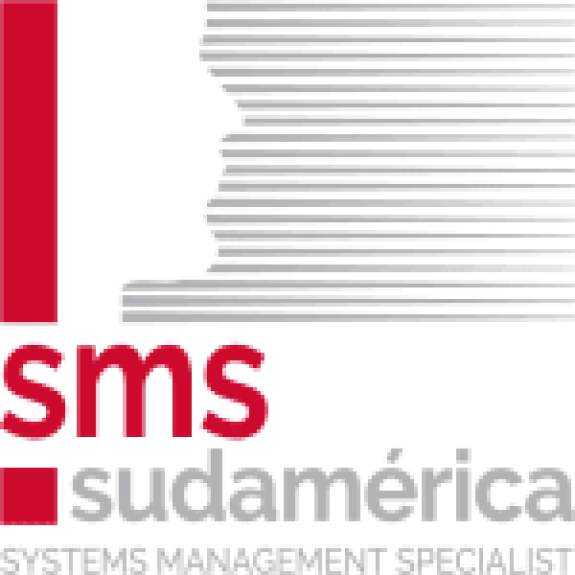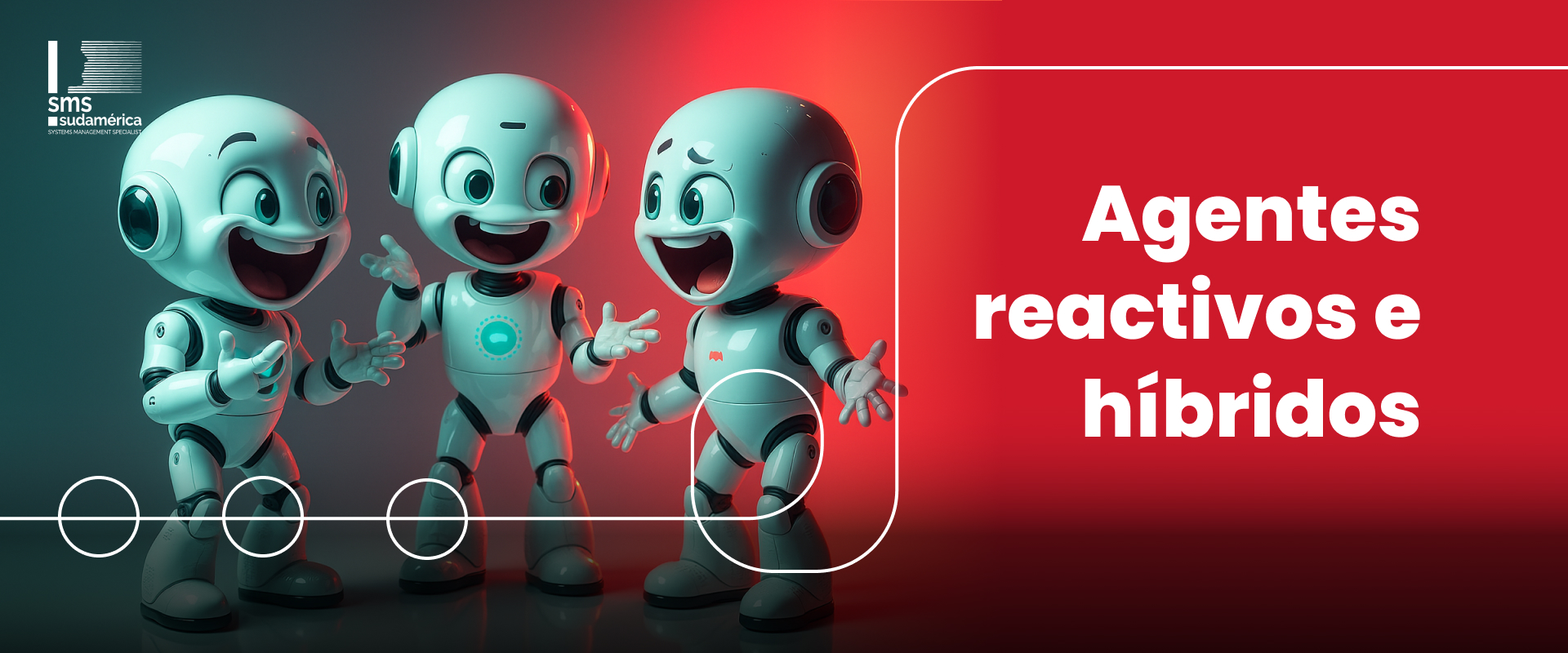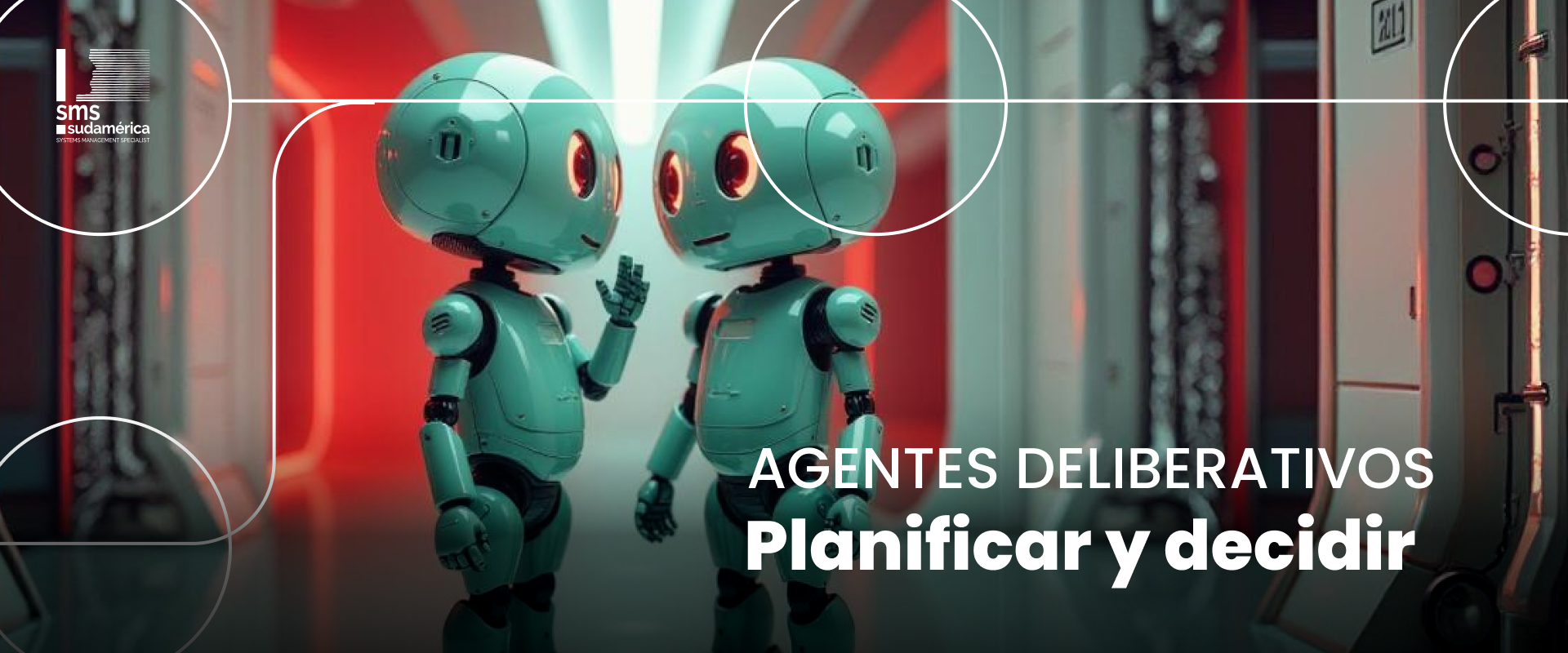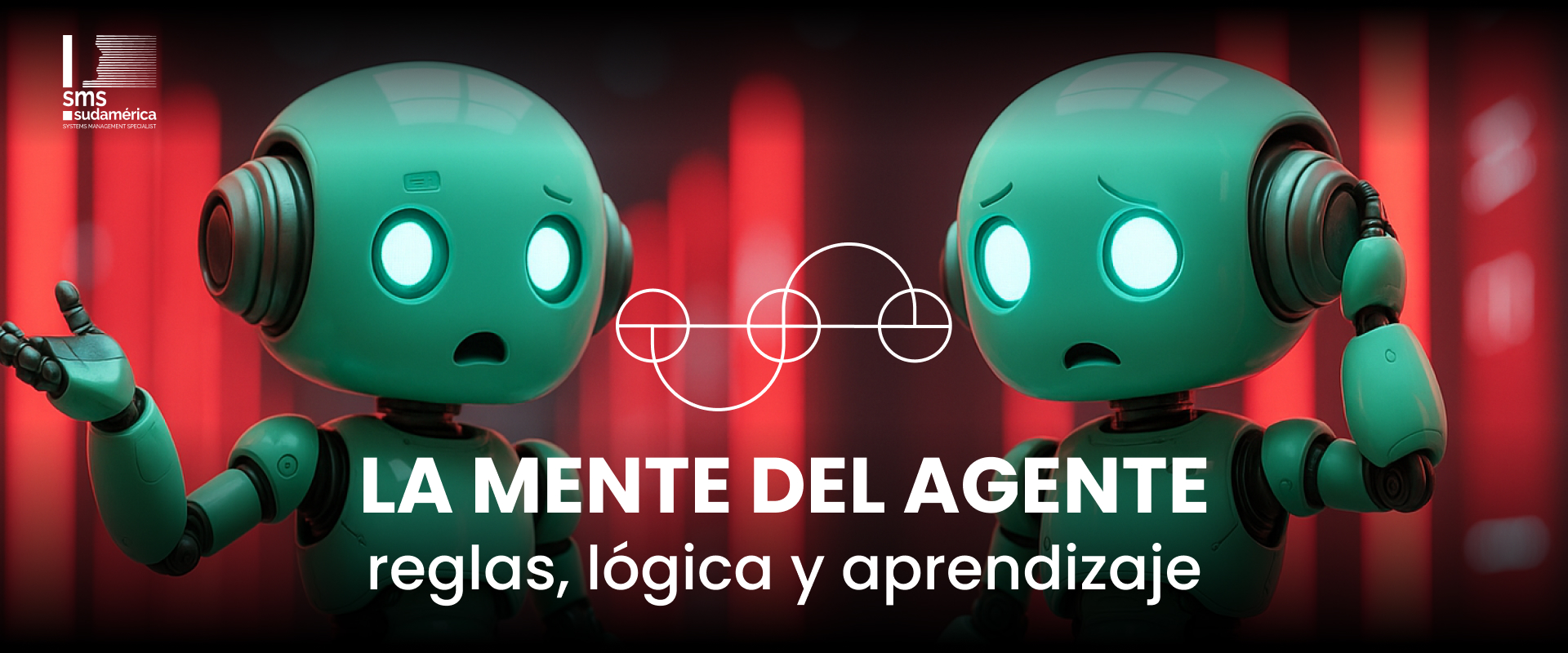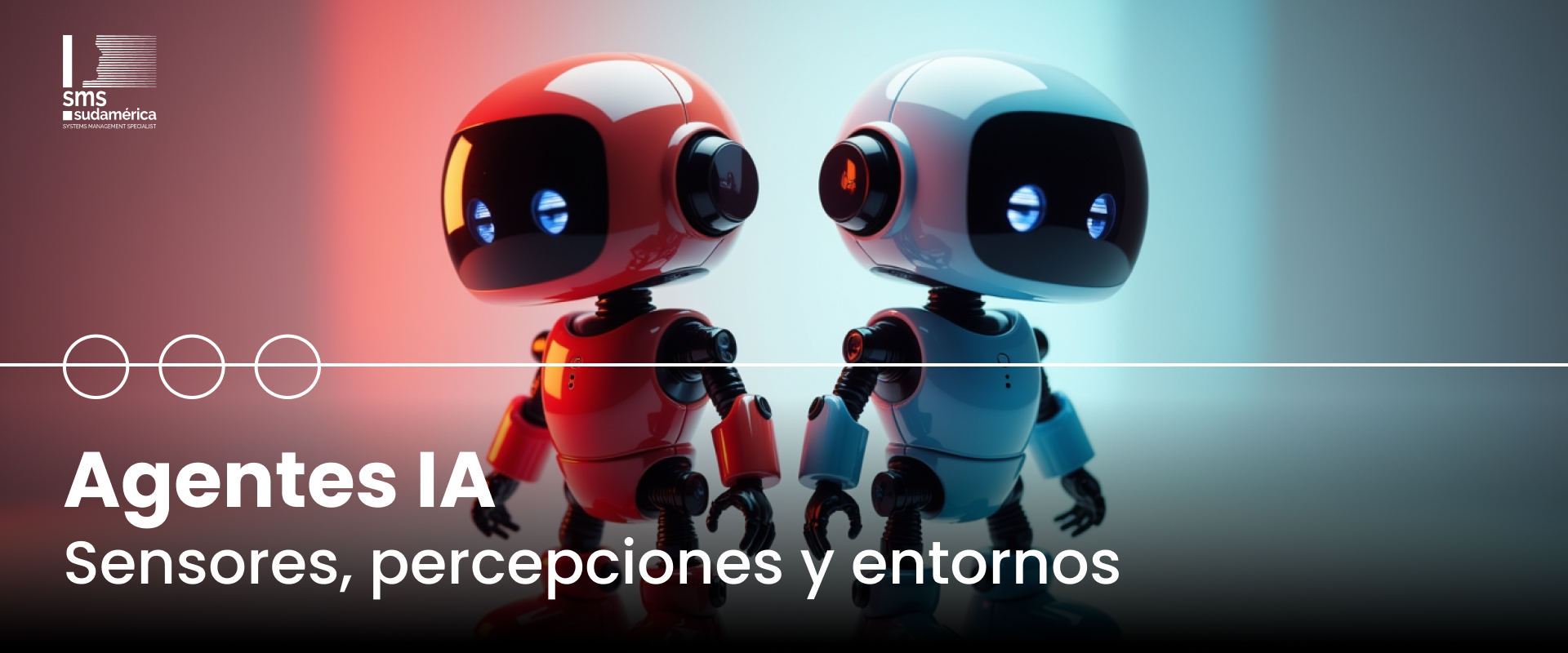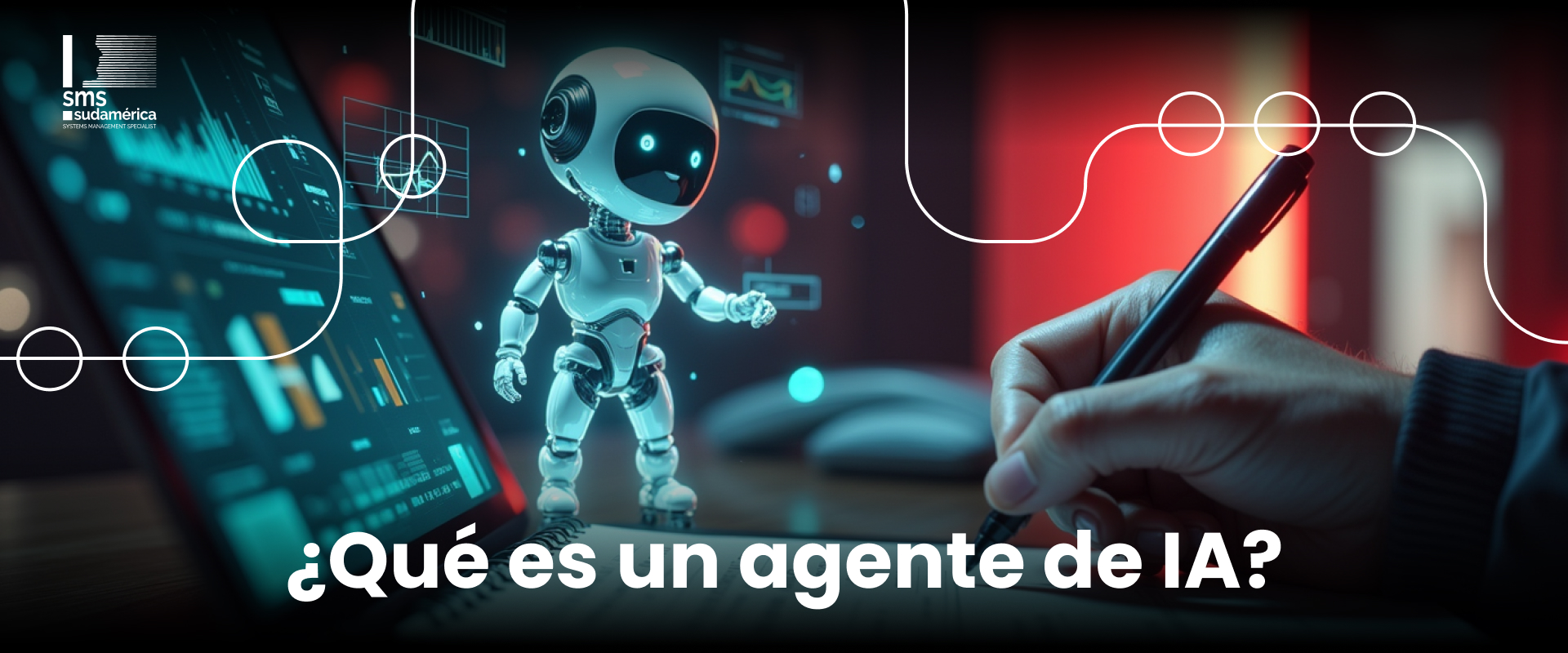Imagine a robot vacuum cleaner. It goes around your house, turns as soon as it detects a wall, stops if it sees a void in the staircase and resumes its path without stopping to think too much.
That is the perfect example of a reactive agent: it senses something and responds immediately.
Its behavior resembles a reflex, as when we remove our hand from a hot stove. The advantage is obvious: speed, simplicity and safety. The disadvantage is also obvious: it cannot plan or anticipate beyond what it perceives at that instant.
But not everything can be solved with reflexes. Consider a
This is where the other extreme comes into play: The Deliberative Agents. They are able to project and design strategies. However, real life is not satisfied with choosing only one approach. We need the best of both worlds:
- Rapid reaction
- Future planning.
Hybrid Agents were born out of this need. The most influential architecture of which is “subsumption”, developed by Rodney Brooks.
The idea is to organize the agent in layers. The most basic ones ensure survival (avoiding falls, stopping at an obstacle), while the upper ones manage more complex tasks (navigating a space, accomplishing a goal). If danger arises, the lower layer interrupts everything else to act first. It is as if primitive instinct prevails over any elaborate plan.
Another prominent model is BDI (Belief-Desire-Intention). Here the agent maintains a human-like structure:
- Beliefs: what you know or believe about the world.
- Desires: the goals you want to achieve.
- Intentions: the concrete plans in which you decide to engage.
This approach allows you to adjust your behavior when the environment changes. A digital sales assistant, for example, may believe there is sufficient stock, want to close deals within the week and intend to send proposals today. If the stock runs out, he must modify his intentions and rethink his strategy.
The key is in the combination. Some common examples that we can find are:
- An autonomous car needs to react within milliseconds to brake in front of a pedestrian, but also plan its route considering weather and traffic.
- In industry, a system must shut down a machine immediately in the event of overheating, but at the same time reorganize production to minimize the impact.
In both cases, the agent cannot just react or stick to a rigid plan: he must integrate reflexes and strategic intelligence.
At SMS Sudamérica we work with the same philosophy. Our agents are designed with reactive layers that work as immediate safeguards, and on top of them we build deliberative components that guide the strategic course.
When we are looking for robustness and simplicity, we turn to subsumption-inspired approaches; when we need coordination, explainability and traceability, we apply BDI models. The important thing is not to choose a style, but to articulate both to achieve systems that are secure, adaptable and useful.
Reactive and hybrid agents are, in short, the union of instinct and reason. One protects in the present, the other paves the way to the future. And in a world as dynamic as ours, this combination is not a luxury: it is a necessity.
Note by: María Dovale Pérez
